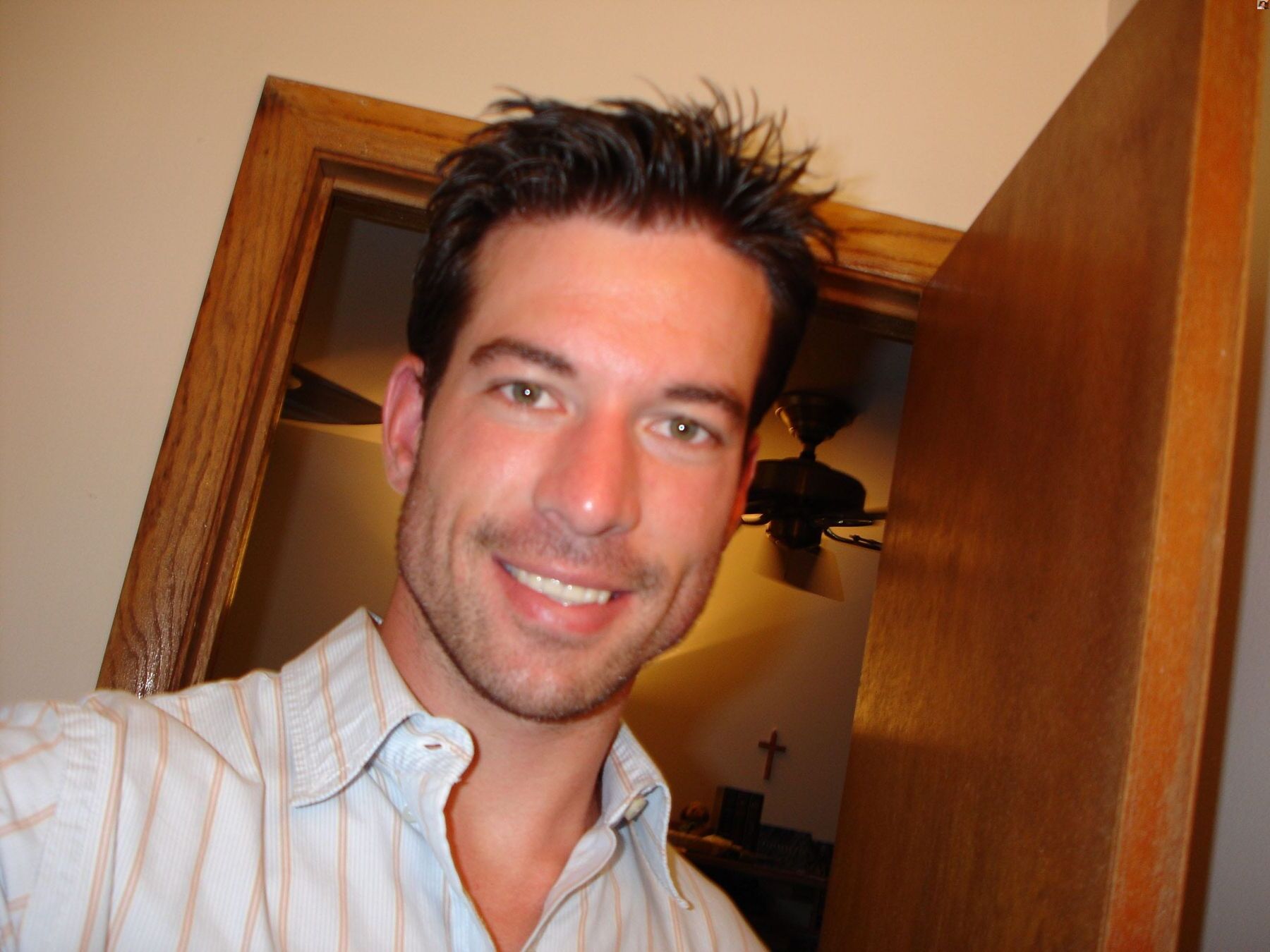
Who was Anthony Sowell, and why did he become known as the Cleveland Strangler? Anthony Edward Sowell, born on August 19, 1959, in East Cleveland, Ohio, was an American serial killer and rapist. His heinous crimes between 2007 and 2009 left an indelible mark on Cleveland. Raised in a household marred by severe abuse, Sowell's early life was a precursor to his later atrocities. After serving in the Marine Corps, he returned to Cleveland, where he would eventually commit his brutal acts. Living in a dilapidated neighborhood, Sowell's home became the site of unimaginable horror. The discovery of 11 bodies in and around his residence shocked the community and led to his arrest and conviction.
Key Takeaways:
- Anthony Sowell's childhood trauma and military service shaped his life, leading to a horrific killing spree that shocked the community and resulted in his conviction and death sentence.
- Sowell's crimes had a profound impact on the Cleveland community, but efforts to heal and memorialize the victims continue, providing closure for the families and survivors.
Early Life and Background
Anthony Sowell's early years were marked by hardship and trauma, shaping the person he would become.
-
Birth and Early Life: Born on August 19, 1959, in East Cleveland, Ohio, Anthony Edward Sowell was one of seven children raised by a single mother, Claudia "Gertrude" Garrison.
-
Traumatic Upbringing: Sowell's childhood was filled with severe physical and emotional abuse, primarily inflicted by his mother and other male relatives.
-
Niece's Testimony: Leona Davis, Sowell's niece, revealed that she was raped daily by Sowell starting at age 10, with other children in the household witnessing the abuse.
Military Service
Sowell's time in the military provided a stark contrast to his troubled upbringing.
-
Enlistment: At 18, Sowell enlisted in the United States Marine Corps on January 24, 1978.
-
Training and Specialization: He completed recruit training at Marine Corps Recruit Depot Parris Island in South Carolina and specialized in electrical work at Camp Lejeune in North Carolina.
-
Assignments: Sowell served at various bases, including Marine Corps Air Station Cherry Point in North Carolina and Marine Corps Base Camp Butler in Okinawa Prefecture, Japan.
-
Commendations: During his seven-year career, he received several commendations, such as a Good Conduct Medal and a Certificate of Commendation.
-
Discharge: Sowell was discharged from the Marine Corps on January 18, 1985, after seven years of service.
Return to Civilian Life
After his discharge, Sowell returned to Cleveland, where his life took a dark turn.
-
Previous Conviction: Before his killing spree, Sowell served 15 years in prison for attempted rape.
-
Residence: He lived in a two-story home at 12205 Imperial Avenue in Cleveland's Mount Pleasant neighborhood.
-
Neighborhood Conditions: The area was known for its dilapidated condition, with many homes in foreclosure and residents relying on food stamps.
The Horrors Unfold
Sowell's crimes shocked the community and revealed the extent of his brutality.
-
Stench and Investigation: A foul odor in the neighborhood, initially blamed on a sausage factory, was later found to be from decaying human flesh.
-
First Discovery of Bodies: In October 2009, police found the remains of two women in Sowell's attic, leading to a thorough search of the property.
-
Total Number of Victims: Sowell was convicted of murdering 11 women, whose bodies were found in and around his home.
-
Sexual Motivation: Many of his crimes were sexually motivated, with victims often found in states of undress or showing signs of sexual assault.
-
Kidnappings and Assaults: Sowell was also convicted of kidnapping, felonious assault, and attempted murder.
-
Surviving Victims: Several women survived his attacks, including one who gouged his face to escape.
Police Investigation and Arrest
The investigation into Sowell's crimes was extensive and complex.
-
Police Investigation: Authorities reopened several cold cases to determine if Sowell was involved in other murders.
-
Arrest and Charges: Sowell was arrested on October 31, 2009, and charged with 85 counts, including aggravated murder, kidnapping, rape, and tampering with evidence.
-
Insanity Defense: During his trial, Sowell pleaded not guilty by reason of insanity, but the defense presented no witnesses or evidence.
-
Guilty Verdict: On July 22, 2011, the jury found Sowell guilty on 84 of the 85 charges.
-
Sentencing: In August 2011, Sowell was sentenced to death by Judge Dick Ambrose.
Aftermath and Community Impact
The community of Cleveland struggled to heal from the trauma inflicted by Sowell's crimes.
-
Demolition of Home: Sowell's home was demolished by the city in December 2011 to help the community move forward.
-
Memorial for Victims: In July 2021, ground was broken for the Garden of 11 Angels memorial on the former Sowell property, dedicated on November 6, 2021.
-
Documentary and Media Coverage: The case was featured in the Investigation Discovery show Killer Instinct and the documentary film Unseen.
-
Letter to the Community: In November 2012, Sowell wrote a letter to Cleveland residents, criticizing former trial judge and newly elected prosecutor Tim McGinty.
-
Survivor Stories: On July 24, 2021, five women who survived Sowell's kidnappings shared their stories on Oxygen's Snapped episode "Notorious The Cleveland Strangler".
Sowell's Final Days
Sowell's life ended in prison, but his legacy of terror remains.
-
Terminal Illness and Death: On January 21, 2021, Sowell was transferred to The Franklin Medical Center in Columbus, Ohio, for end-of-life care. He died on February 8, 2021, at age 61.
-
Family Reaction: The families of his victims expressed relief at his death, with Donita Carmichael, the daughter of one victim, stating, "I am glad he is dead. God made it happen. I will never ever ever forgive him".
-
Legal Appeals: Sowell attempted to appeal his sentence multiple times, but these appeals were rejected by the 8th District Court of Appeals in May 2020.
-
Civil Lawsuit: The families of six victims filed a civil lawsuit against the City of Cleveland, which was settled out of court for $1 million.
Community Healing
The community continues to heal from the trauma inflicted by Sowell's actions.
-
Community Impact: Sowell's crimes had a profound impact on the neighborhood, already struggling with poverty and crime.
-
Investigation Challenges: The investigation was challenging due to the lack of initial suspicion about Sowell's activities.
-
Victim Profiles: Most of Sowell's victims were marginalized women struggling with drug addiction.
-
Police Response: The police response was swift, but the investigation was complex, involving reopening cold cases and interviewing numerous witnesses.
-
Trial Proceedings: The trial was lengthy, with the prosecution resting its case after three weeks of testimony.
-
Jury's Recommendation: The jury recommended the death penalty, which was accepted by the judge.
The Legacy of Anthony Sowell
Anthony Sowell, known as the Cleveland Strangler, left a dark mark on Cleveland, Ohio. His brutal crimes between 2007 and 2009 shocked the community and highlighted the vulnerabilities of marginalized women. Sowell's traumatic upbringing, military service, and previous convictions paint a complex picture of a man who hid his monstrous tendencies behind a facade of normalcy. The discovery of 11 victims in his home revealed the extent of his depravity.
Sowell's trial and eventual death sentence brought some closure to the victims' families, but the trauma lingers. The demolition of his house and the creation of the Garden of 11 Angels memorial symbolize the community's resilience and desire to heal. His story serves as a grim reminder of the importance of vigilance, justice, and support for those most vulnerable in society.
Frequently Asked Questions
Was this page helpful?
Our commitment to delivering trustworthy and engaging content is at the heart of what we do. Each fact on our site is contributed by real users like you, bringing a wealth of diverse insights and information. To ensure the highest standards of accuracy and reliability, our dedicated editors meticulously review each submission. This process guarantees that the facts we share are not only fascinating but also credible. Trust in our commitment to quality and authenticity as you explore and learn with us.


